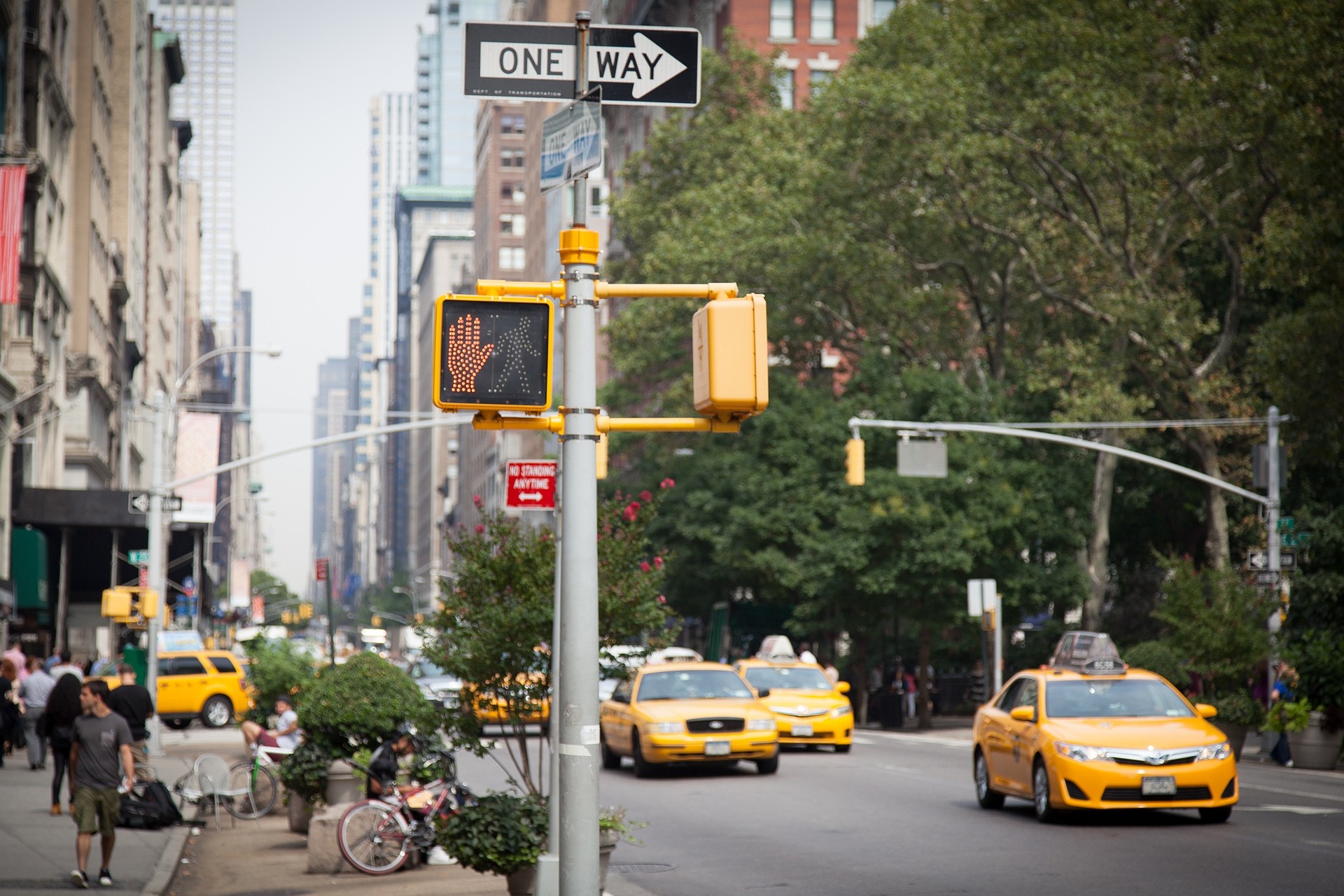Unraveling the Mystique of Dark Tourism: A Journey into the Shadows
Dark tourism, the practice of visiting places historically associated with death, disaster, and atrocity, is a travel trend that has been gaining traction in recent years. Though it might seem morbid or macabre to some, this form of tourism offers a unique lens through which to examine our shared human history, providing a deeper understanding of important, though often tragic, historical events.

A Closer Look at Dark Tourism
The term “dark tourism” was first coined by Lennon and Foley, two professors from the UK, in 1996. The concept, however, has existed for centuries. From the Roman gladiator games to the public executions in medieval times, humans have always shown an interest in the macabre.
In recent times, dark tourism has evolved to include visits to places like Chernobyl, Auschwitz, and the 9/11 Memorial Museum. These sites, despite their grim history, attract millions of visitors each year. But why do people choose to visit these locations? The answer lies in the human desire to understand and make sense of our collective past, no matter how uncomfortable it may be.
The Modern Face of Dark Tourism
Today, dark tourism is seen as a way of engaging with history on a more personal level. The sites associated with dark tourism are often places of significant historical importance, and visiting them allows individuals to engage with these events in a tangible way.
However, it’s not just about history. Dark tourism also taps into the more morbid aspects of human curiosity. People are naturally drawn to the unknown, the dangerous, and the macabre. Dark tourism provides an outlet for this curiosity, allowing visitors to explore these themes in a controlled, safe environment.
The Ethics of Dark Tourism
While it offers unique insights and experiences, dark tourism is not without its challenges. One of the main issues is the ethical implications of turning sites of tragedy into tourist attractions. Critics argue that it can be disrespectful to those who suffered or died at these locations.
However, proponents of dark tourism argue that it can play a crucial role in educating people about historical events and ensuring that they are not forgotten. Many dark tourism sites also serve as memorials or museums, providing important historical context and promoting empathy and understanding.
Dark Tourism in Practice
While dark tourism might not be for everyone, for those who choose to partake, it offers a unique travel experience. Here are some practical considerations to keep in mind:
-
Respect is key: These sites often represent tragic or horrific events. It’s essential to approach them with the respect and solemnity they deserve.
-
Do your research: Before visiting, take the time to understand the history and significance of the site.
-
Be mindful of local customs: In some cultures, certain behaviors may be considered disrespectful. Make sure to adhere to any guidelines or rules provided.
Final Thoughts
Dark tourism represents a different way of engaging with our past, one that doesn’t shy away from the more uncomfortable aspects of history. While it might not be a conventional choice for a vacation, it offers an opportunity to explore our shared history, promoting understanding and empathy. As long as it’s approached with respect and sensitivity, dark tourism can be a fascinating and enlightening experience.




